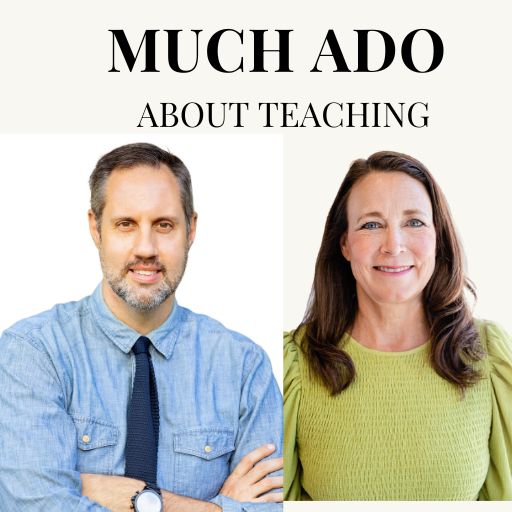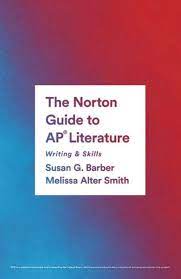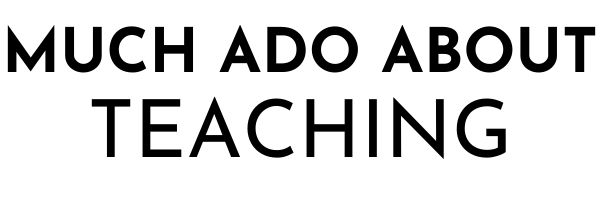My first Pearl Jam concert was on 9-11-98 at Madison Square Garden. While the concert was unforgettable, its date was… until it wasn’t.
That night Eddie and the boys played 26 songs, with two encores, and brought back “Breath,” a song they had retired years ago. It all ended with “Alive,” and Eddie throwing his mic cord above the lighting rig, climbing 30 feet in the air above the crow at MSG, and fist pumping while suspended by one hand.
It was a transcendent experience.
On 9-11, I found my band.
That same year I found my girl.
FINDING LOVE
We were both at NYU. We were both playing college basketball. Our teams traveled together playing double headers in a conference with major research universities in urban areas — UChicago, Washington University in St. Louis, Emory, Brandeis, Carnegie Mellon, Johns Hopkins, etc. There was lots of time in airports, on busses, and hotel lobbies that either unfold into boredom and silence or small talk and casual flirtation. I chose the latter.
One evening as we closed out dinner in the dining hall, talking our way through the table tops bring wiped down and the chairs stacked for mopping, I said to her, “Hey, come with me.“
I took her to the W. 4th Street subway station and we caught the A train downtown to Chambers Street. There I bought two tickets for the observation deck of the Twin Towers.
We took the elevator up, sat down, and watched the sun set in perfect silence. We held hands.
It was our first date. Here are a few photos from that evening:



At the Twin Towers, I found my forever.
We’ve never been apart since.
I graduated two years later in 2000.
She, three, in 2001.
On her third day in the classroom, at middle school on Long Island where so many parents put their kids on the bus in the morning then commute to New York City for work, some fanatics tried to take away what those buildings meant to us as a couple, and what those buildings meant to us as a nation.
Within six months I would leave my nascent career in journalism to go back to school and get a teaching degree.
TEACHING 9-11
Each year on 9-11 I tell the story of that concert and that first date. Then we read Rick Reilly’s column from the March 2002 issue of Sports Illustrated, “The Real New York Giants.” (You have to follow the link and read it. Nothing else will make sense hereafter.)
I don’t go nuts over analyzing it with my students because sometimes it is best to let an article that good speak for itself. However, I do point out the cool way in which Reilly begins with “talk about a rebuilding season,” and then comes back to that line two-thirds the way through with a slight alteration– “talk about a comeback season.” We talk about the different mentality that exists when you are on a rebuilding team versus one that has comeback spirit.
I also like how he quickly changes our understanding of piles.
He warms us up by saying that “Last season, if it wasn’t Danny pulling Tommy out of the pile, it was Tommy pulling Danny out.” There is a softness to it. Despite its football context of colliding bodies, there is an implied understanding that the pile is a pause, a moment to figure out who’s who and what’s what before all the players go back to the huddle, call the next formation, get set at the line-of-scrimmage, and do it all over again.
That softness is annihilated a few sentences later, when he writes, “After 10 straight days of digging through the rubble, it was Danny who found Tommy. One last time, Danny pulled Tommy out of the pile.” This pile has a finality so severe that it puts a lump in my throat and has made me light-headed with sadness.
He does something similar with “found.” Reilly writes, “There were years when the Bravest had to go for two after every touchdown just because they didn’t have a kicker. Then they found Johnston.”
This time, Reilly doesn’t let you prepare yourself. In the very next sentence, he writes, “They found Johnston again three weeks into the digging. Heffernan was there, and he helped carry his teammate out.”
As much as I love the stylistic elements of the piece, its spirit moves me even more.
“Came the first team meeting, and the club didn’t get anywhere near its usual 60 guys. It got 120.” I tell my students that the moments when I have been most proud of our school community have also been its most tragic moments. It has turned out en masse when a parent has died, a student took his or her own life, or a routine street crossing became an accident of monumental proportions.
I love the spirit that is captured when the team president, Neil Walsh, states,’ “We all go to each other’s weddings, christenings, graduations. I broke your brother in, and your dad broke me in, and I carried your son out of the pile. We’re all brothers.” ‘
I tell my students that we all can stand on the shoulders of the giants.A few noble teachers broke me in when I began my career 18 years ago and I’m standing on their shoulders right now. I remind them that we are all called to do this for others at different points in our lives and at times this year I will try to raise them up on mine.
TEACHING LOVE
Lessons like these are what make teaching special.
That’s what happens when you love something deeply. You don’t keep it to yourself. You share it because it has blessed your life, and it may do the same for someone else’s.
In one day I get to share how three loves of my life — Pearl Jam, my wife, and New York City — are all somehow connected to 9-11. And when the lesson really works well, they see how much I love teaching
It is a lesson that would never come about if I were to think of teaching as a byproduct of data-driven instruction. Nor would it arise if I looked at a list of skill sets and figured out what worksheets would best develop them. One of my biggest frustrations with the current state of teaching is that we are drowning in information but starving for wisdom.
How often are we asked to start from a place of love?
What wisdom will students ever gain from a dashboard or a portal?
The faces I see each day are starving for teaching that is personal and profound, compelling and compassionate. In a world in which intelligence is becoming increasingly artificial and news exponentially fake, they want what’s real.
What can be more real than sharing the sincerity of love?
[mc4wp_form id=378]













7 comments
Elizabeth Bos
Hi Brian,
I just wanted to say thank you for writing this column. Like you, I see faces every day that are longing for authenticity and the sincerity of love. Your 9-11 love story is beautiful. We must invite our students to move beyond dashboards and portals to something deeper and lasting. I share a 9-11 story with my students every year as well called “The Extraordinary Courage of Todd Beamer” by Brandon Anderson who writes for Medium. I also share a photo journal with them from the New York Times so that they can look into some of the faces from that day.
Dr. Heather Nieto
What a remarkable piece of writing. Wow. I’m speechless at its grace and elegance. Just…wow.
Penny Kittle
Loved this so much. Thank you. I’m sharing with teachers this week in MI and NH.
Mary Tedrow
I plan to share this with the teachers in my grad classes who are all stressing under demands to teach more and faster. Thank you Brian
Kim Newberry
Beautiful article. Thank you for sharing a piece of yourself with us.
Jean Melek
I’m wondering if I was at the same Pearl Jam concert. Mine was the day before my first day of teaching at a school in Ridgewood, Queens. Years later, my students and I looked out of the windows of that same school to see the towers burning. Thanks for making the point about a lesson like this never coming from a focus on data driven instruction or, like my current school, an obsession with teaching standards in isolation.